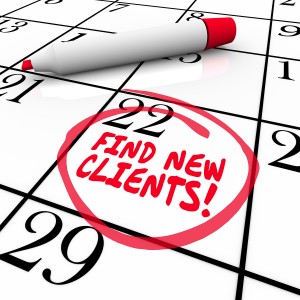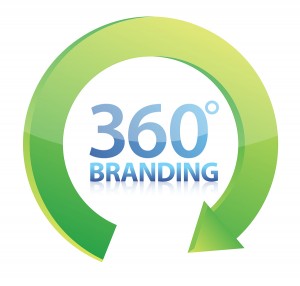NLP Can Help You Find Happiness and Self-Confidence
 “Happiness is not a matter of intensity but of balance, order, rhythm and harmony.” ~ Thomas Merton
“Happiness is not a matter of intensity but of balance, order, rhythm and harmony.” ~ Thomas Merton
Daily we use verbal language to communicate thoughts and feelings. If we’re observant, we can also understand others by the body language they use. If you’re good at it, it’s almost as if you can read someone’s mind.
Could it be that you’re actually tapping into their brain language?
Does the brain really have a language? Think back to a time when you were extremely happy… Did you consciously tell your lips to spread into a wide smile, your eyes to shine and your body to relax? Of course not. Your brain is sending signals, or speaking to those parts of your brain in response to the situation you’re in. Its chemical and electrical interactions are telling you how to position yourself. That’s a powerful language skill! And people who can read your body language can also read the language of your brain. They know, “he’s bluffing” or “she won’t back down”.
What if you could teach your brain to speak differently to your body, so you could choose to be happy and confident all the time? NLP and Somatic Coaching can help you achieve that.
What is NLP?
NLP (Neuro-Linguistic Programming) is an approach to communication and personal development created in the 1970’s. The name refers to a connection between the neurological processes (“neuro”), language (“linguistic”), and behavioral patterns that have been learned through experience (“programming”) and can be organized to achieve specific goals in life. NLP Coaching services aim to find ways to help people have better, fuller and richer lives. By paying close attention to the language we use, as well as becoming more aware of the nonverbal patterns in our environment we can become more deliberate and purposeful in our thinking and actions.
NLP presupposes that the mind and body are part of the same system. I spoke about the integration of mind/body/spirit earlier in connection with Somatic Coaching. When you recognize this connection, you can use NLP’s set of guiding principles and techniques to change, adopt or eliminate behaviors as you desire. It also gives you the ability to choose your mental, emotional, and physical states of wellbeing. It teaches you a new mind/body “language”.
Sometimes you may feel like something is broken inside. Yet NLP reveals that nothing is ever broken or wrong. Instead you just need to find a process that enhances your strengths. All humans come equipped with an exceptional sense of inner intuition, a sense of knowing that is intimately linked to your physical experience.
Unfortunately, due to upbringing and life experiences we often disconnect from that in order to adapt and survive in our environment. When we have a ritual, which NLP and Somatic Coaching can teach you, you can reconnect with your own inner experience embracing whatever arises within, with peaceful awareness and clear intention. Then you can fully experience and process each emotion – joy, grief, anger, amusement, pain, energy, etc. And often, you’ll discover the strength of developing and cultivating an attitude of patient, loving presence that allows the emotions to flow according to your own natural rhythm.
Are you ready to discover new ways to update yourself and function at higher levels in relation to your surroundings? My approach is best described as integrative. Contact me and I’ll bring together a number of therapeutic approaches, one of them being NLP, and unify them into a unique working model just for you.







